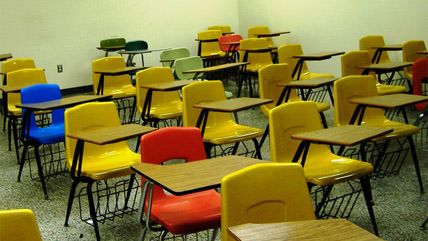Common Core Failure
Education standards

At the beginning of the 2013 school year, the Los Angeles Unified School District (LAUSD) implemented the first phase of a $1 billion initiative to provide an iPad to every student and teacher in the city's public schools. The program was intended to help "close the digital divide" between the rich and poor while meeting federal Common Core technology standards. But the project has been heavily criticized, and many of the participating schools have halted home iPad use.
To measure the effectiveness of the project, employee unions conducted anonymous surveys. They found the iPad rollout is unpopular with teachers: Only a third strongly favored continuing the project, in contrast with 90 percent of administrators. Meanwhile, 75 percent reported problems with basic wireless connectivity.
The iPads also ended up costing the district a hefty sum. In June, the LAUSD claimed each tablet would cost $678, but the district ultimately spent $768 on each one. If the district were swimming in money, the additional expenditures might be a mere inconvenience. But many teachers have complained that the project is a poor use of limited resources, given the overcrowded and understaffed classrooms. Robert J. Moreau, a computer animation teacher in the LAUSD, told reporters "we are buying these toys when we don't have adequate personnel to clean, to supervise."
Meanwhile Larry Cuban, an education professor at Stanford, points out on his blog that there's "no body of evidence that iPads will increase math and reading scores on state standardized tests…or that students using iPads will get decent paying jobs after graduation." He also notes that the district has no plans to measure student outcomes.


Show Comments (3)